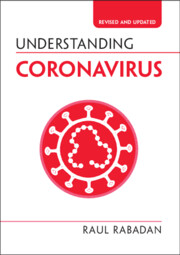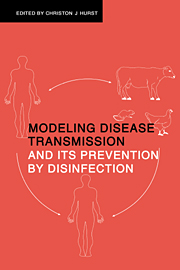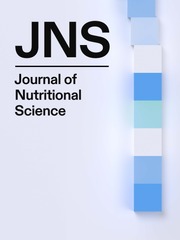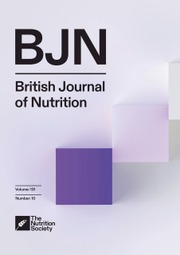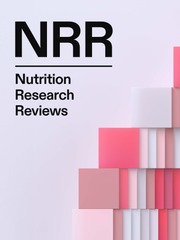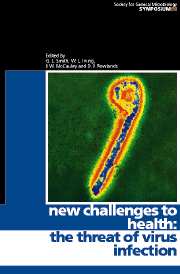Microbe-vector Interactions in Vector-borne Diseases
Several billion people are at daily risk of life threatening vector-borne diseases such as malaria, trypanosomiasis and dengue. This volume describes the way in which the causal pathogens of such diseases interact with the vectors that transmit them. It details the elegant biological adaptations that have enabled pathogens to live with their vectors and, in some circumstances, to control them. This knowledge has led to novel preventative strategies in the form of antibiotics and new vaccines which are targeted not at the pathogen itself but at its specific vector.
- Details the elegant biological adaptations that have enabled pathogens to live with their vectors and in some circumstances control them
- Written by international researchers in the field
- Essential reading for researchers and clinicians working with these diseases
Reviews & endorsements
'The authors describe the advantages of insects as vectors and their numerous barriers to infection, including physico-chemical barriers, the gut, haemolymph, and the salivary glands themselves.' ASM News
Product details
May 2004Hardback
9780521843126
396 pages
236 × 158 × 24 mm
0.762kg
35 b/w illus. 10 colour illus. 14 tables
Available
Table of Contents
- Preface
- 1. Vector-borne diseases B. W. J. Mahy
- 2. Evolution of tick-borne disease systems S. E. Randolph
- 3. Insect transmission of viruses S. Blanc
- 4. Interactive silencing of host gene expression S. W. Ding
- 5. Reducing the prevalence of Borrelia in ticks A. G. Barbour
- 6. Bunyavirus/mosquito interactions R. M. Elliott
- 7. How do mosquito vectors live with their viruses? S. Higgs 8. Induction of vector competence S. Weaver
- 9. Environmental influences on arbovirus infections and vectors P. S. Mellor
- 10. Vector immunity N. A. Ratcliffe and M. M. A. Whitten
- 11. Transmission of plant viruses by nematodes S. MacFarlane and D. J. Robinson
- 12. Wolbachia host-symbiont interactions M. J. Taylor
- 13. Pathogenic strategies of Anaplasma phagocytophilum, a unique bacterium that colonizes neutrophils J. A. Carlyon and E. Fikrig
- 14. Interactions of Yersinia pestis with its flea vector that lead to the transmission of plague B. J. Hinnebusch
- 15. Transgenic malaria P. W. Atkinson
- 16. Vaccines targeting vectors G. A. T. Targett
- Index.


